
Why employing delivery drivers can help to solve gig economy pitfalls
March 30, 2023
Dark Kitchens are entirely reliant on high takeaway order levels. Read on to learn what types of Dark Kitchens should be using delivery management software.
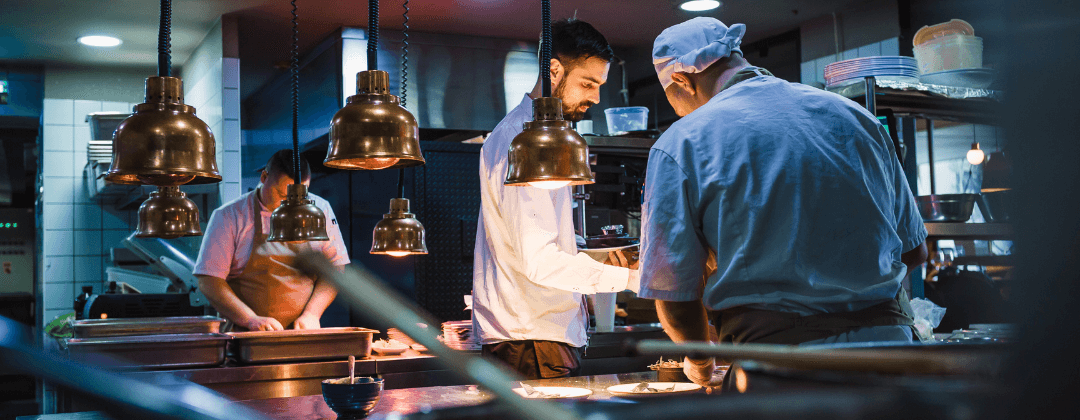
Dark Kitchens, Virtual Kitchens, Ghost Kitchens (basically, whatever you want to call them) are entirely reliant on high takeaway order levels.
In addition, the speed of their delivery is critical to their chances of success.
But, what actually are they?
Dark Kitchens are a unique business model. They are food preparation hubs set up exclusively for the delivery service.
The terms ‘Dark’, ‘Ghost’, and ‘Virtual’ reference the fact that they are often located in unusual places where you would never expect to see a restaurant.
Unlike the traditional restaurant model, they can be found in places such as industrial parks with no public access or visibility.
This makes the running costs a lot cheaper than store-front premises.
The operators of dark kitchens typically prepare and cook different ranges of takeaway menus.
As a result, it is commonplace for pizzas, burgers, Chinese dishes, and curries to all be prepared, cooked, and dispatched to delivery drivers from the same kitchen.
This affords operators even greater efficiencies and cost savings.
This often looks like the ability to buy bulk ingredients that are used across the entire menu range.
This also allows them to put more thought, and dollars, into the customer delivery experience. Something that is undoubtedly and unfortunately overlooked by many traditional restaurants.
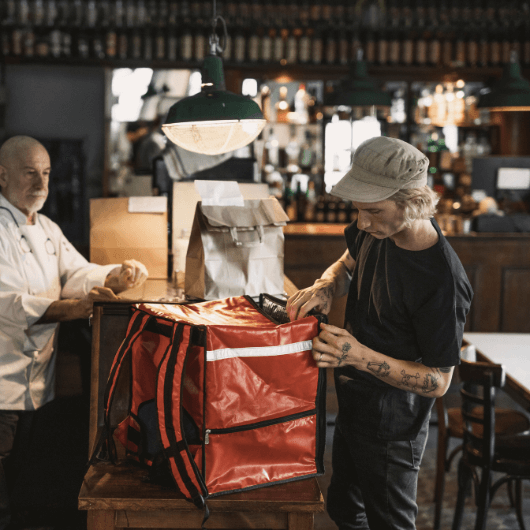
Dark Kitchens are filling the gaps in specifically identified geographic areas for three key reasons:
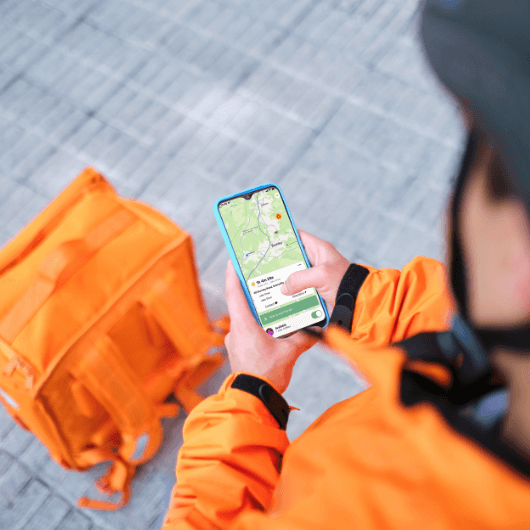
Having spent some time looking at how the Dark Kitchen has and continues to evolve, we have identified four distinct types of operations:
The established restaurant chains:
these restaurants have built their reputations on their dine-in experiences and either had started to dabble in delivery before the pandemic or were forced to pivot as a result of Covid-19. Many are setting up their own Dark Kitchens and are partnering with established third-party apps.
Virtual restaurants:
although they give the outward appearance of having premises, they only offer food delivery.
Landlords:
these are companies that set up Dark Kitchens and then rent/lease them to other brands or operators.
Delivery business:
Deliveroo is the only company thus far to enter this space by setting up its own Dark Kitchen network with its Deliveroo Editions brand.

The first three are ideal key adopters of delivery management software, but there is still scope for the fourth, as the company already works with Deliveroo.
This makes the movement of the food delivery industry even more exciting because delivery is the single biggest factor that will determine their ability to establish their businesses.
And with the Dark Kitchen sector continuing to evolve there will be huge growth potential.
We can guarantee that choosing the right food delivery software will play a pivotal role in the industry’s growth.
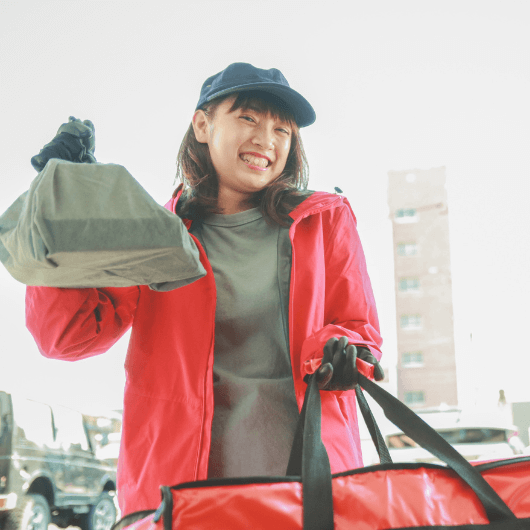
Marketplace delivery apps are great for start-ups, but this route is only sustainable for so long because sites like Just Eat can charge as much as 35% of the value of each order as commission. Not to forget the delivery and service fees too!
The dark kitchen brands that survive will be the ones that still retain their presence on marketplace apps but also develop other channels to promote and sell their food.
Owning their own infrastructure – such as delivery and marketing – is where they can generate greater profitability and therefore ensure their long-term sustainability.
If you operate a Dark Kitchen model and are looking to take your delivery operations to the next level, book a demo with our team today to see how you can drive down the total cost of delivery and increase your efficency levels with VROMO.
Read more about the restaurant delivery industry below!

March 30, 2023

February 24, 2023
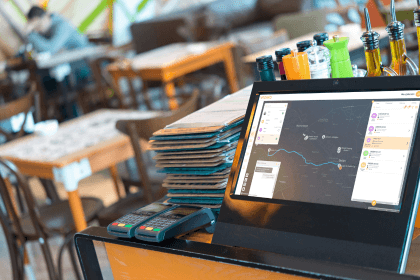
September 4, 2022